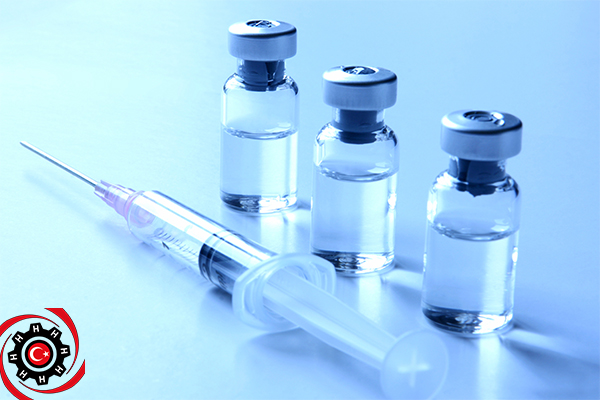Chemotherapy is the treatment of cancers with chemical drugs (anti-cancer drugs) that are able to destroy cancer cells.
Currently, the term chemotherapy is used to refer to cytotoxic drugs, which affect all cells characterized by rapid division. On the other hand, there is a targeted drug treatment.
Chemotherapy interferes with cell division in various areas, Such as interference when DNA is duplicated or when chromosomes are formed. cytotoxic drugs target rapidly dividing cells, Hence, it is non-targeted and may target both cancerous and healthy cells. However, healthy cells are able to repair any DNA damage that occurs as a result of treatment.
Among the tissues that are affected by chemotherapy are the tissues that are constantly changing, such as the lining of the intestine, which repairs itself after the end of chemotherapy.
Sometimes providing two types of medicine to the patient is better than one medicine. This is called pooling chemotherapy…
Some treatments for leukemia or lymphoma require high doses of chemotherapy and radiation to the entire patient’s body to remove the entire bone marrow, which gives the body an opportunity to produce new bone marrow and then give new blood cells.
For this reason, bone marrow or blood stem cells are preserved before treatment in case the body is unable to produce new marrow. This is called a repeat stem cell transplant. In contrast, hematopoietic stem cells can be transplanted from another suitable donor.


Leave a Reply